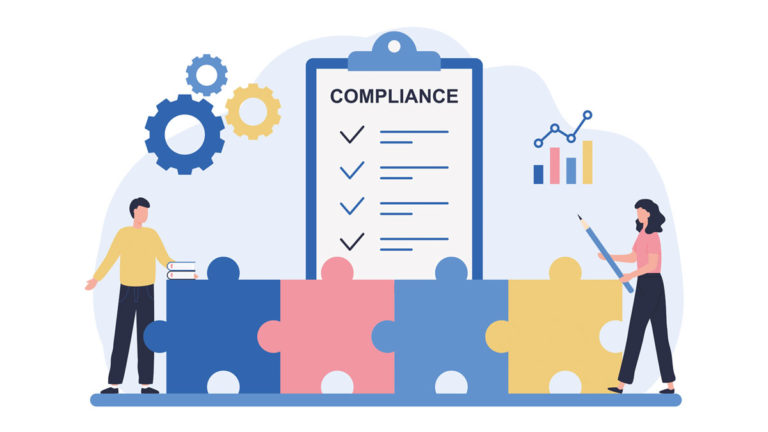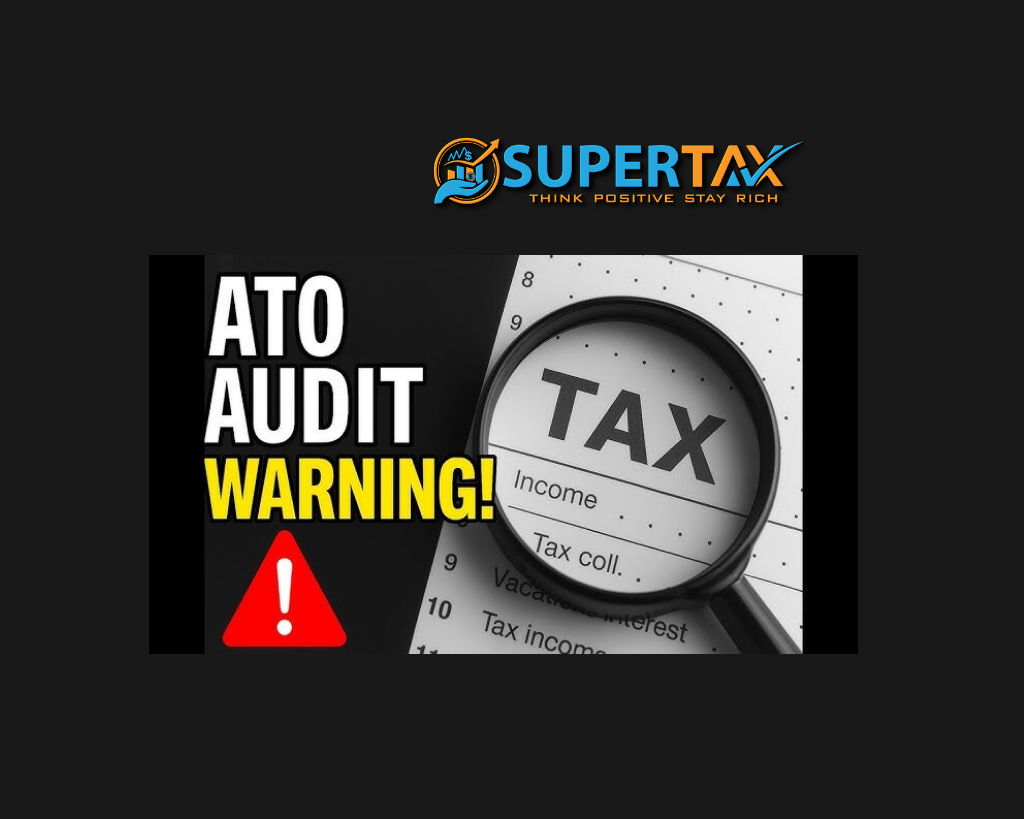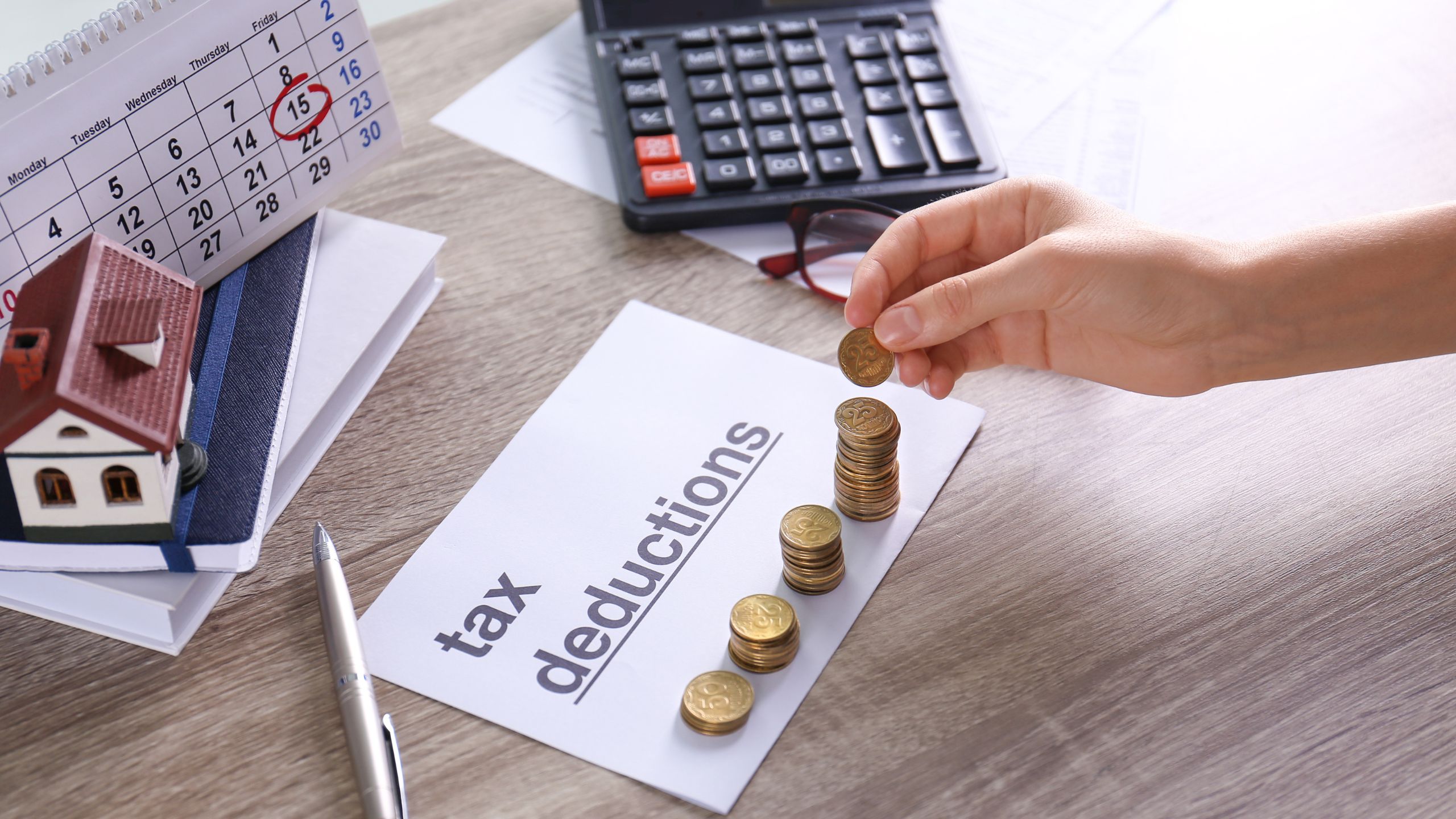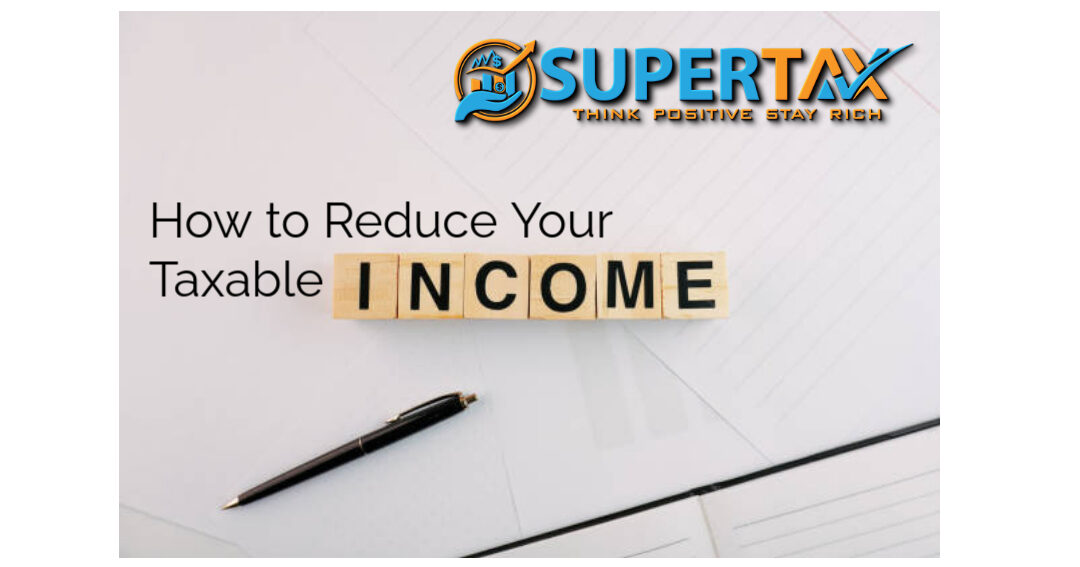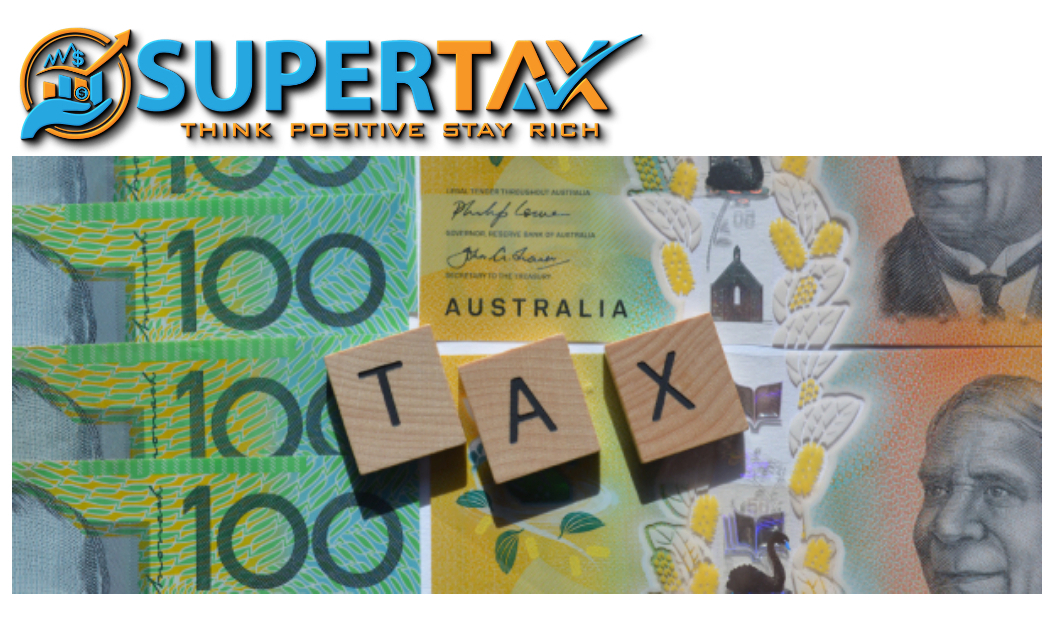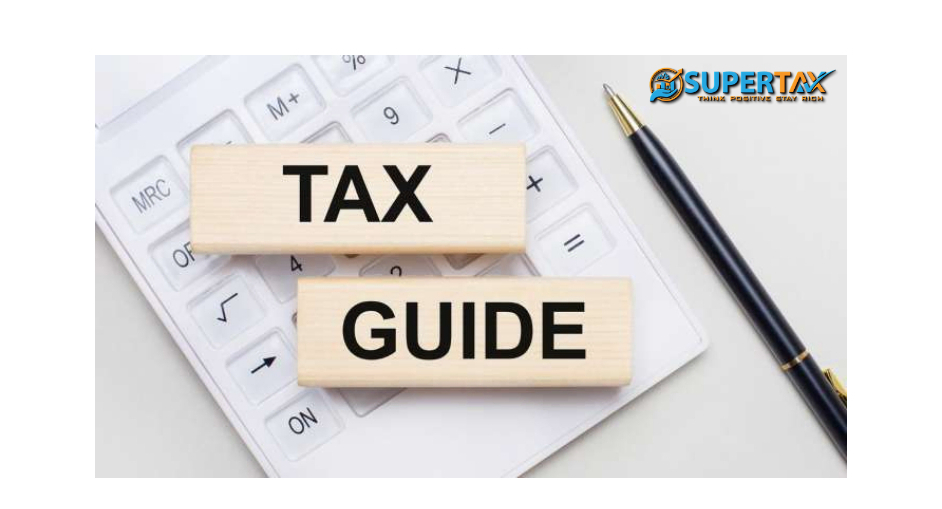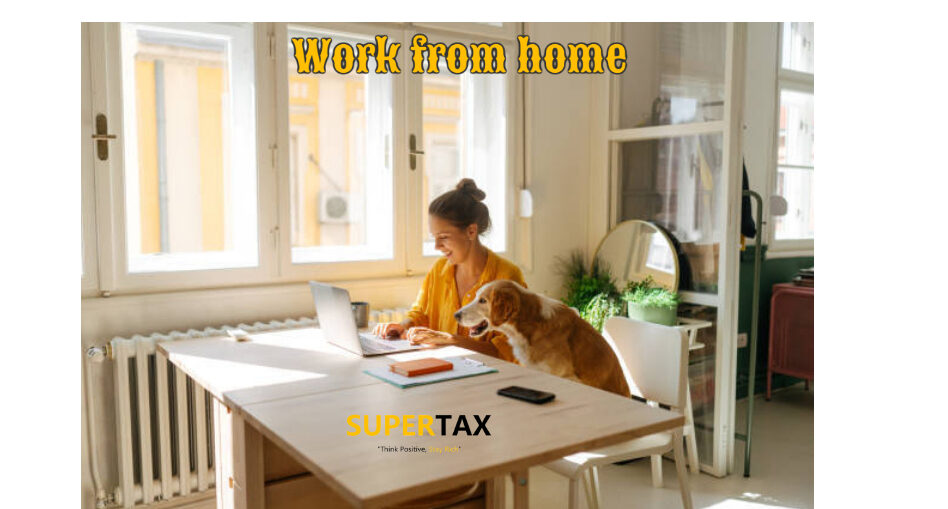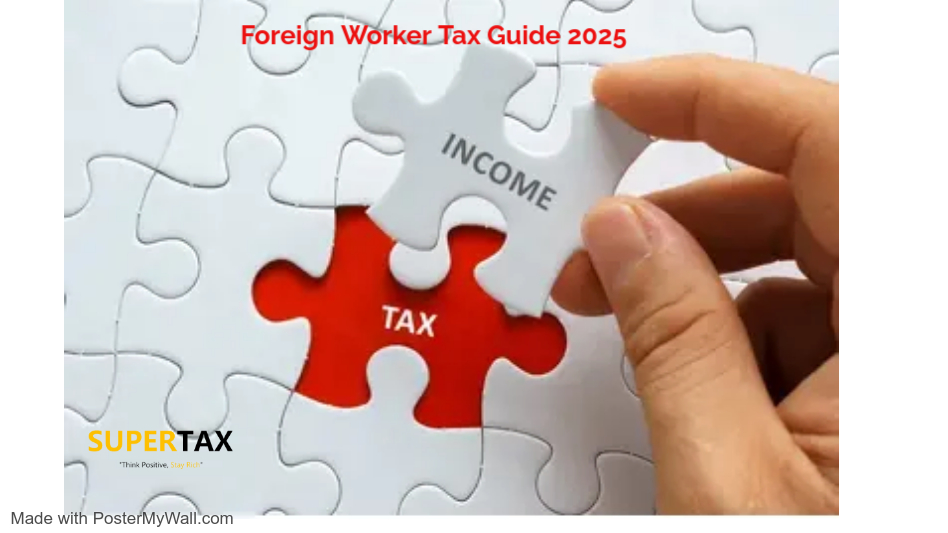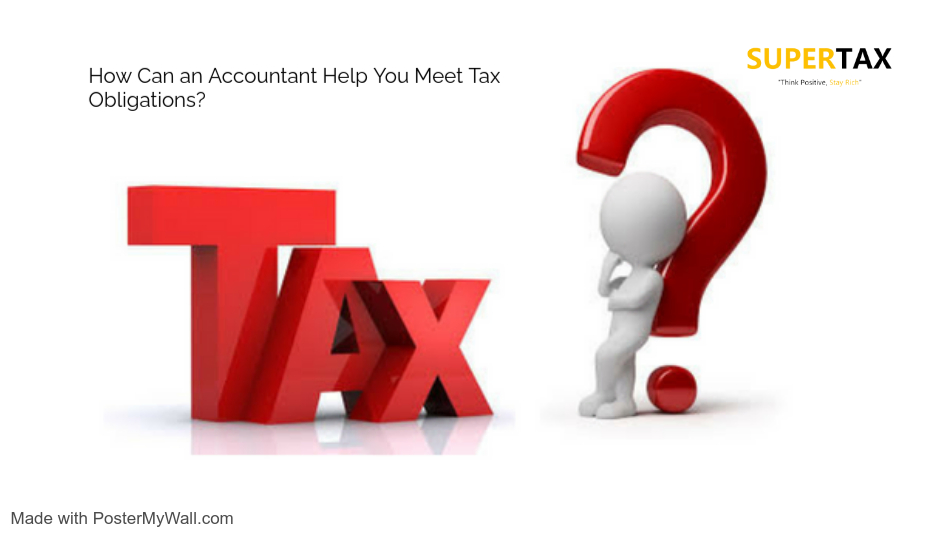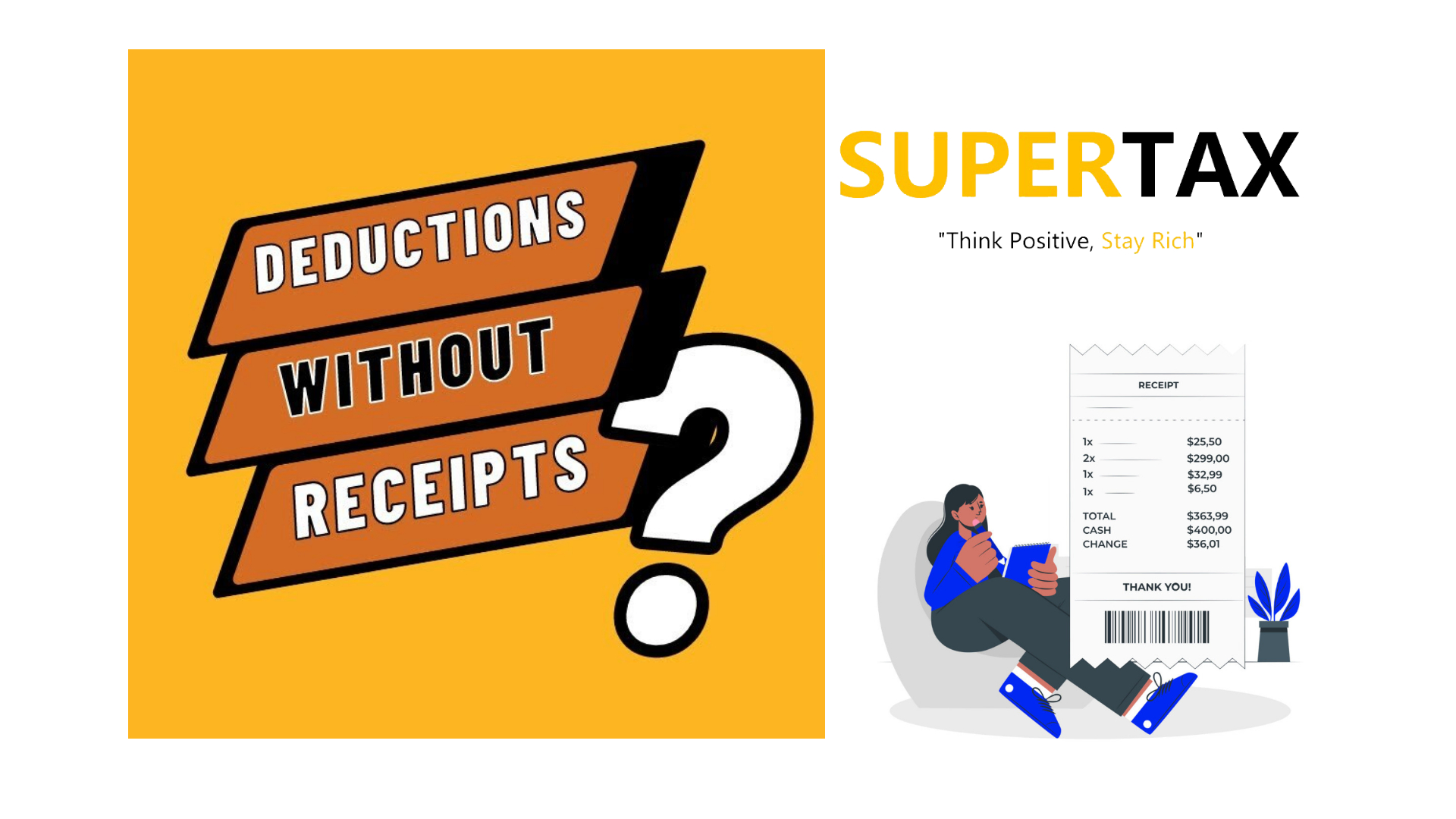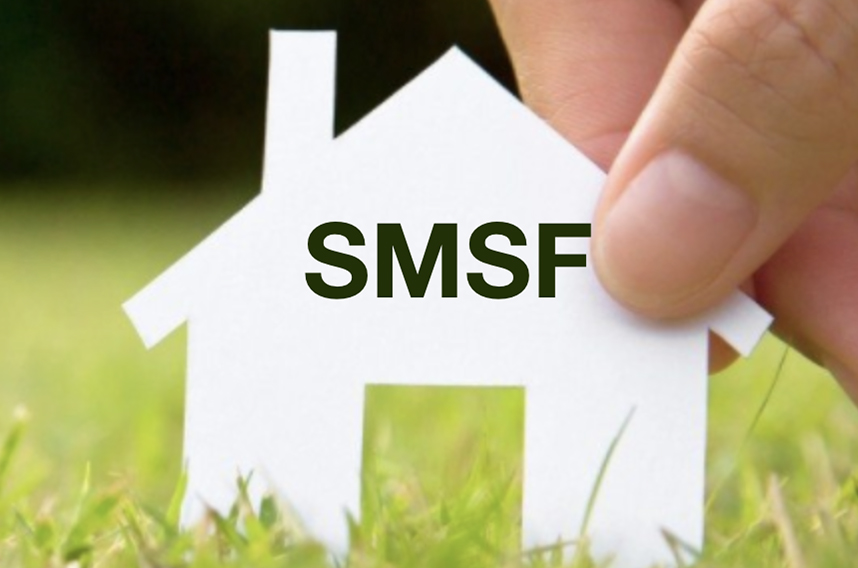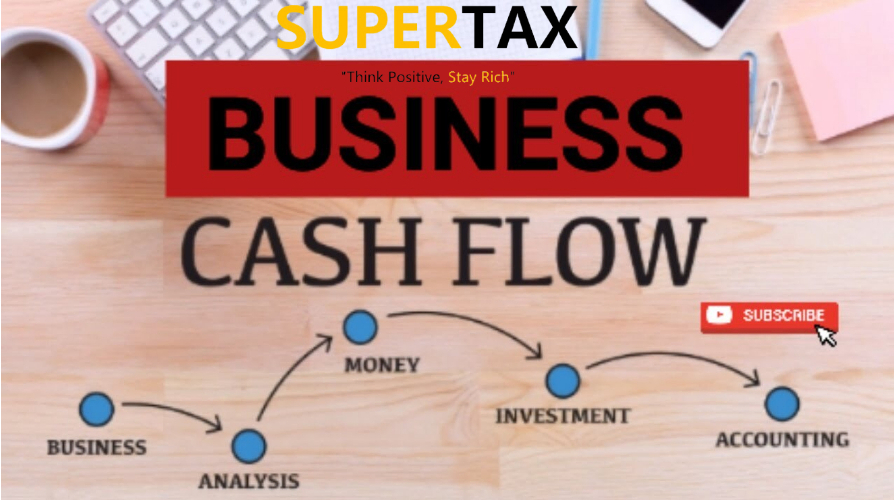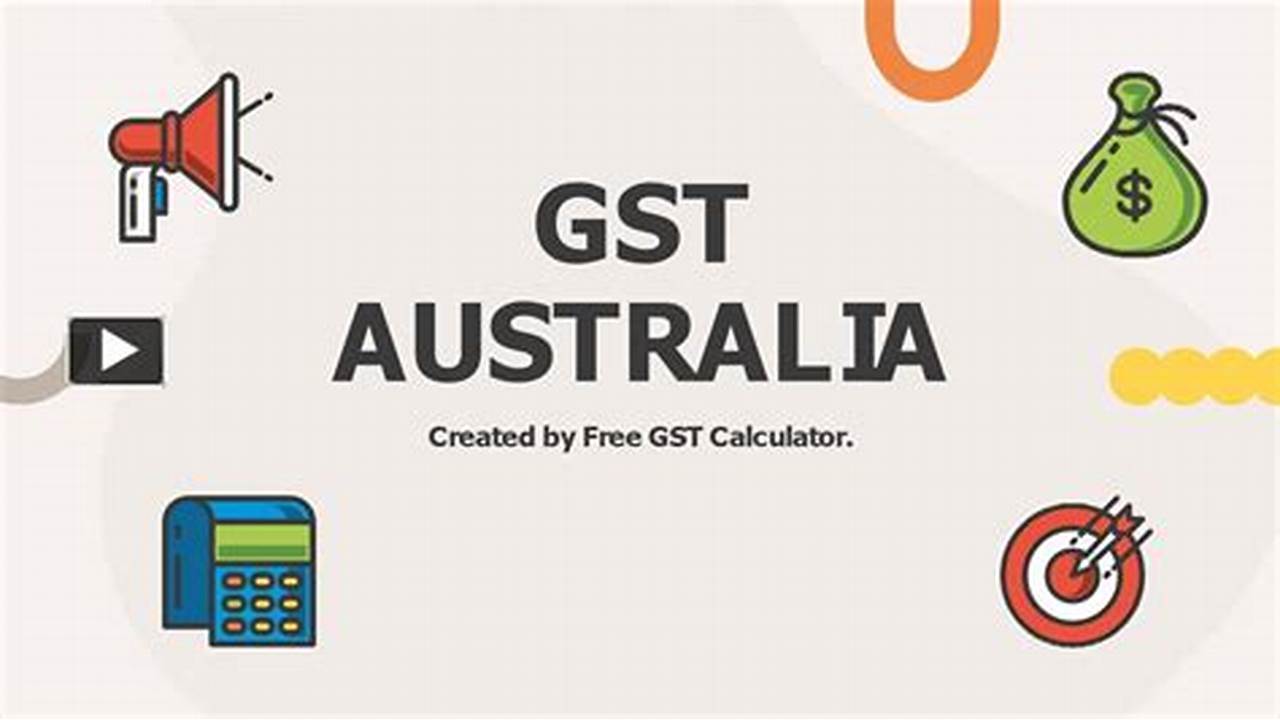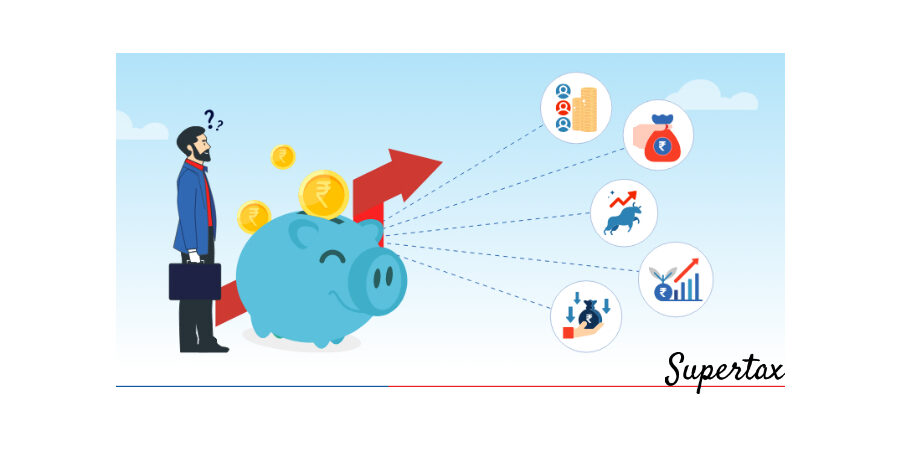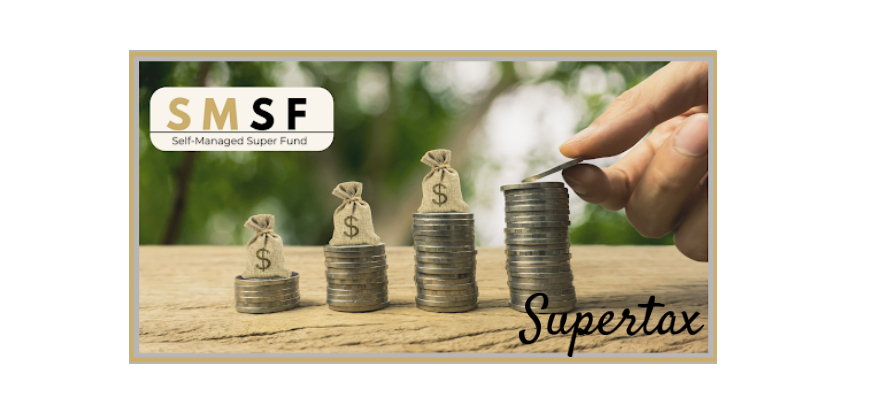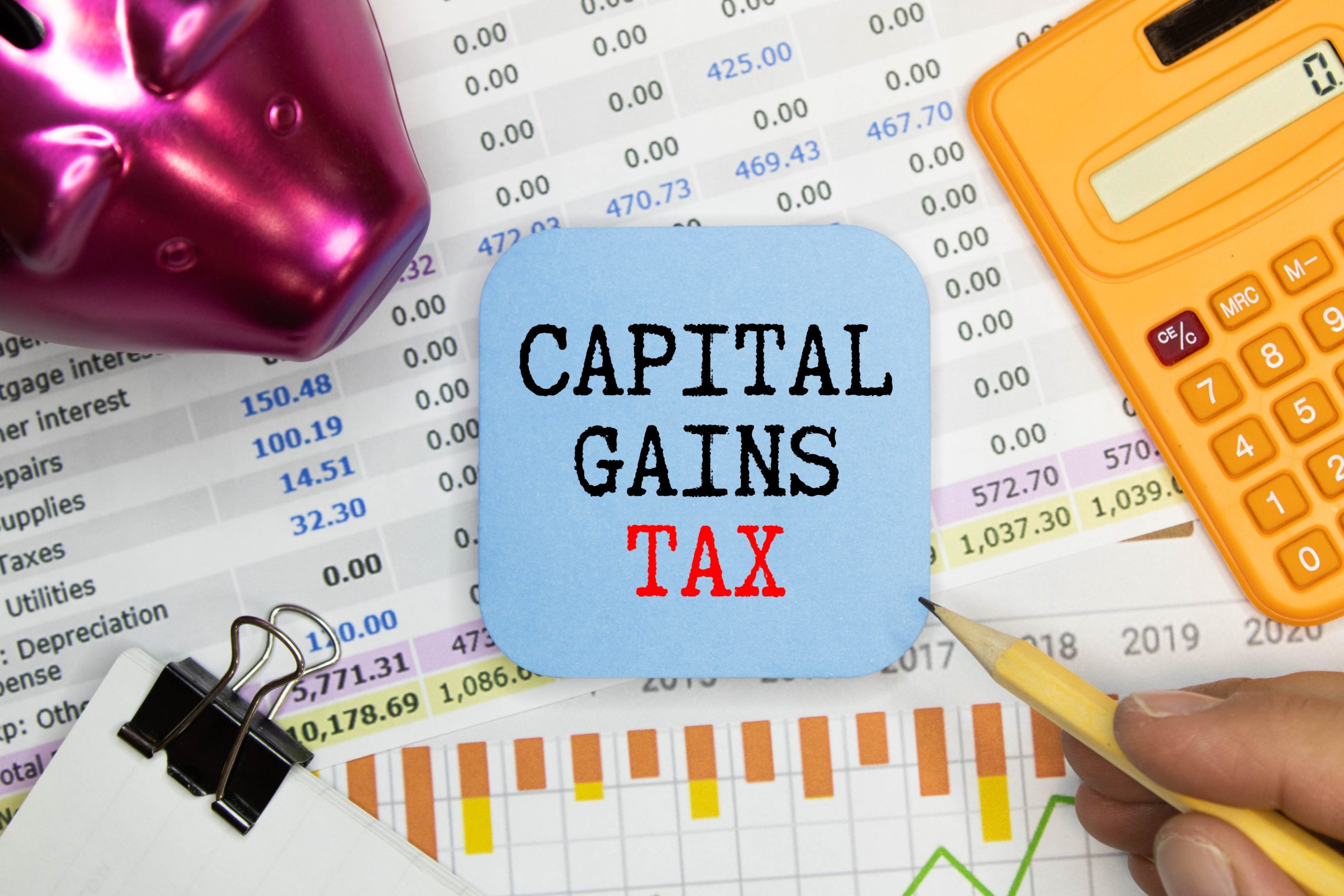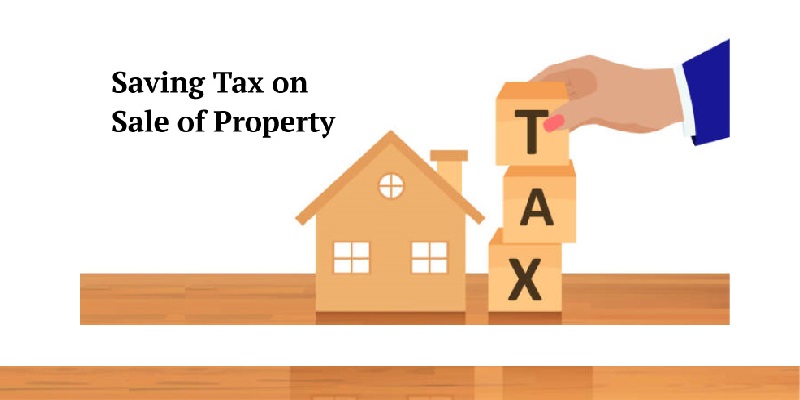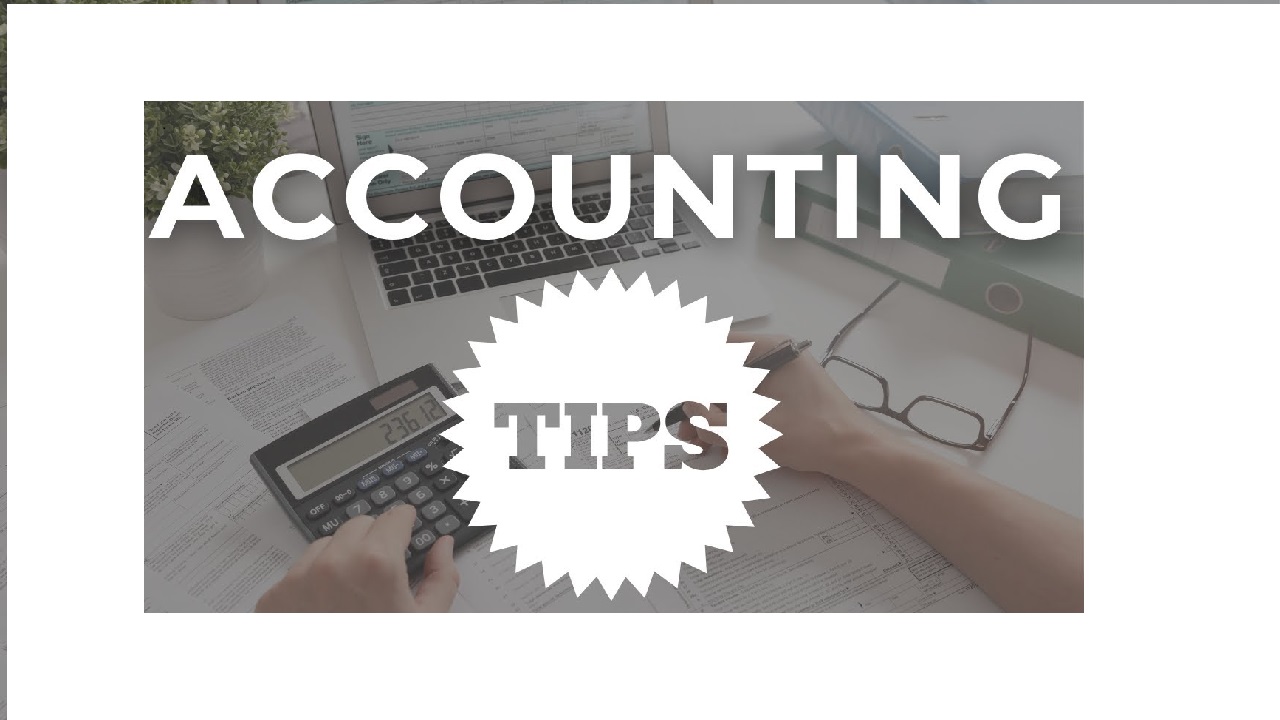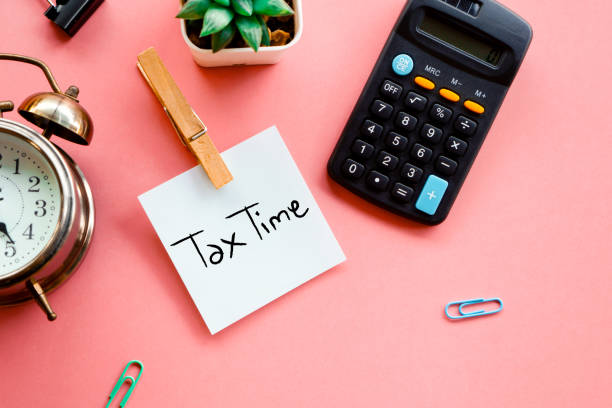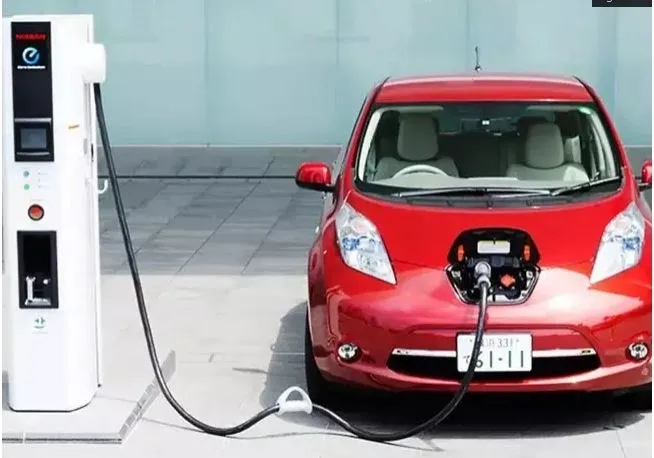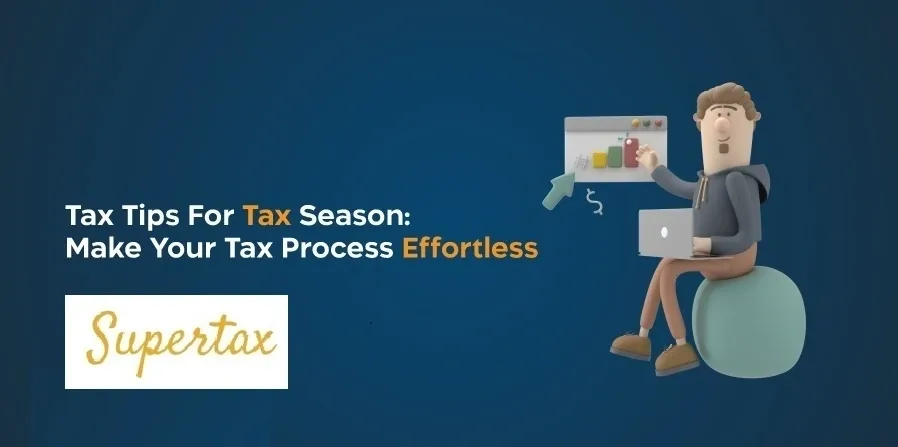Sole Trader GST Registration Australia
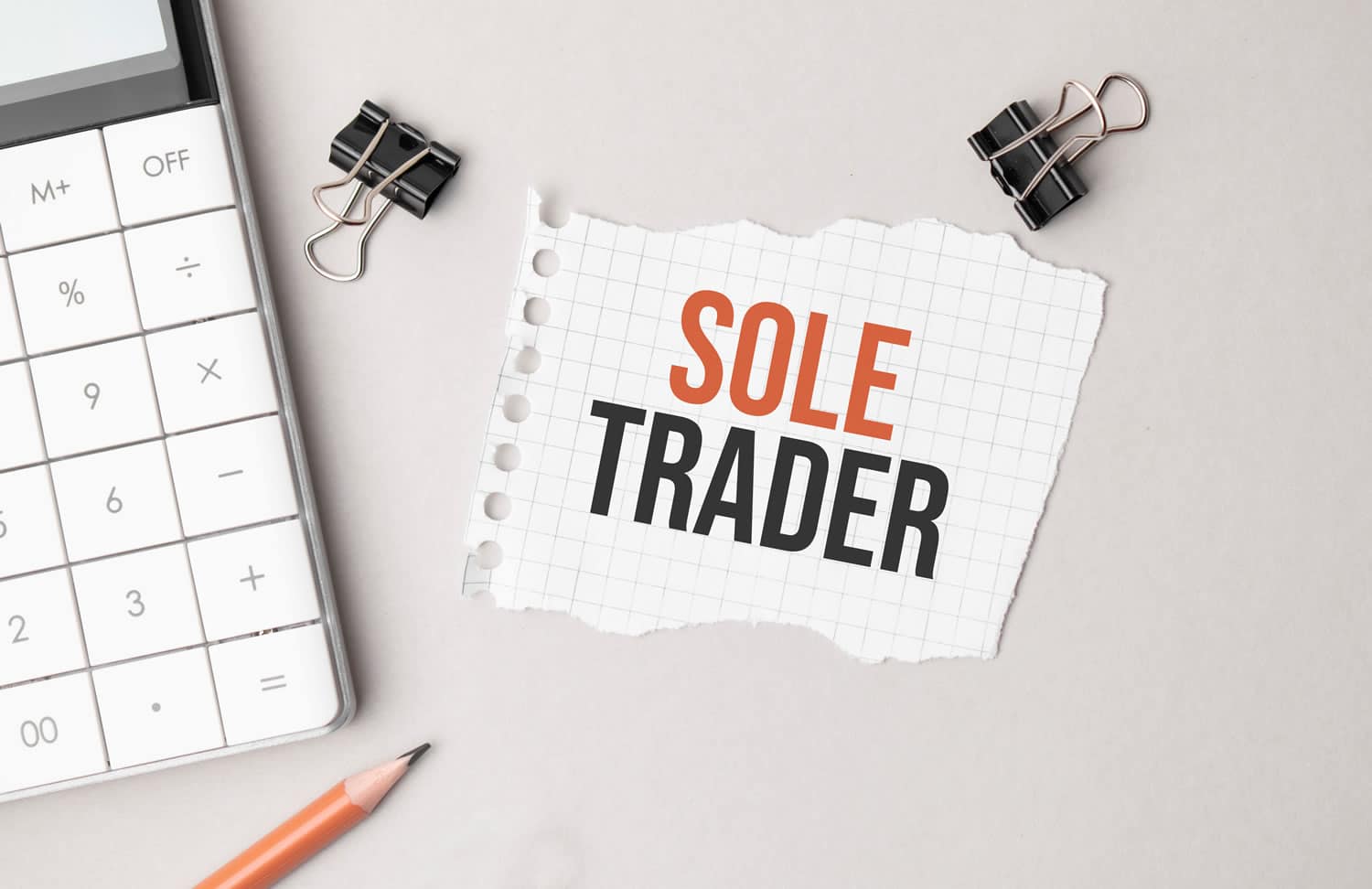
Are you a sole trader in Australia preparing for FY2026? GST registration is a crucial step to ensure your business stays compliant and maximises cash flow. Missing registration deadlines or misunderstanding GST rules can result in penalties, back-payments, and stress.
This guide from Supertax explains GST registration requirements, voluntary registration benefits, BAS obligations, and compliance tips to help sole traders thrive.
Key GST Registration Facts for Sole Traders FY2026
- Mandatory registration: Annual turnover exceeds $75,000
- Voluntary registration: Available for any turnover
- Immediate registration: Taxi and ride-share services, regardless of turnover
- GST rate: 10% on most goods and services
GST affects your pricing, invoicing, and cash flow. Understanding your obligations early is the first step to smooth financial management.
What is GST and How Does it Affect Sole Traders?
GST (Goods and Services Tax) is a 10% tax on most goods and services. As a sole trader, once registered:
- Charge 10% GST on your invoices
- Remit GST to the ATO through BAS
- Claim GST credits on business purchases
Think of GST as a tax money carousel: you collect from customers, pay suppliers, and pass the net GST to the ATO. This ensures your cash flow remains manageable while staying compliant.
When Do Sole Traders Need to Register for GST?
Mandatory registration: When your turnover reaches $75,000 in any 12-month period.
Turnover includes:
- All business income before expenses
- GST-free sales, exports, and grants
Immediate registration also applies to:
- Taxi drivers and ride-share operators (Uber, Ola)
- Businesses providing taxi travel for fares
- Non-profit organisations with commercial activities over $150,000
Penalty Alert: Failure to register can result in $330 per infringement and retrospective GST payments.
Should You Voluntarily Register for GST?
Even if your turnover is under $75,000, voluntary GST registration can provide significant benefits:
Advantages:
Claim GST refunds on equipment, vehicles, and professional services
- GST-inclusive imported goods
- Appear more established to clients (ABN with GST)
- Easier transition when turnover exceeds $75,000
Considerations:
- Additional BAS lodgement and record-keeping
- Pricing may be higher than competitors
- Potential cash flow issues if clients pay slowly
Pro Tip: If you spend $3,000+ per year on GST-inclusive purchases, voluntary registration can save money and improve cash flow.
How to Register for GST
Registration is free via ATO Online Services for Business or alongside ABN application.
Information needed:
ABN
- Business bank account
- Expected turnover for next 12 months
- Business activity and industry code
- Preferred BAS frequency (monthly/quarterly)
Accounting methods:
Cash accounting: Record transactions when money changes hands (<$10M turnover)
Accrual accounting: Record transactions when invoices are issued (> $10M turnover)
Most sole traders benefit from cash accounting for simplicity and alignment with actual cash flow.
How to Charge and Calculate GST
GST calculation: Multiply your GST-exclusive price by 1.1.
Example: $1,000 service → $1,100 with GST.
Invoice rules:
Under $1,000: Total price inclusive of GST
Over $1,000: Show GST separately and include ABN
Over $82.50: Must meet ATO tax invoice requirements
GST-free vs Input-taxed:
GST-free: Basic food, medical services, education, exports
Input-taxed: Financial services, residential rent
BAS Lodgement Obligations FY2026
Most sole traders lodge quarterly BAS:
- Jul–Sep 2025: 28 Oct 2025
- Oct–Dec 2025: 28 Feb 2026
- Jan–Mar 2026: 28 Apr 2026
- Apr–Jun 2026: 28 Jul 2026
BAS includes:
- GST collected (Output Tax)
- GST paid (Input Tax Credits)
- Net GST payable or refund
- PAYG withholding (if applicable)
Penalty Alert: Late BAS penalties start at $330. Direct debit setup helps avoid fines.
Common Sole Trader GST Questions
When must I register? Within 21 days of hitting $75,000 turnover in any 12-month period.
Can I deregister? Yes, if turnover drops below $75,000, but not within 12 months of voluntary registration.
Do I need to charge GST on all services? Most services are taxable; some exports are GST-free, financial services are input-taxed.
How do GST refunds work? If input tax credits > GST collected, the ATO refunds the difference.
Supertax GST Compliance Checklist
Before registration:
- Track rolling 12-month turnover
- Evaluate voluntary registration benefits
- Set up a separate business bank account
- Choose accounting method and BAS frequency
After registration:
- Update invoices with GST and ABN
- Adjust pricing
- Implement GST tracking system
- Set BAS reminders
Ongoing:
- Monitor turnover
- Keep tax invoices
- Reconcile GST accounts
- Review GST treatment for new products/services
Why Choose Supertax for GST Compliance
GST compliance can be complicated. Supertax helps sole traders manage registration, BAS lodgement, and ongoing compliance efficiently.
Services include:
- GST registration and strategic advice
- BAS preparation and lodgement
- Compliance reviews and error correction
- Record-keeping setup and training
- Deregistration guidance
Professional guidance ensures your business remains compliant, avoids penalties, and maximises cash flow.
Making GST Work for Your Business
GST registration is a key milestone for sole traders. It legitimises your business, unlocks input tax credits, and positions you for growth.
Take action early, stay compliant, and let Supertax focus on your GST obligations while you focus on growing your business.
Contact Supertax today to speak with a qualified business tax specialist for tailored GST advice.
